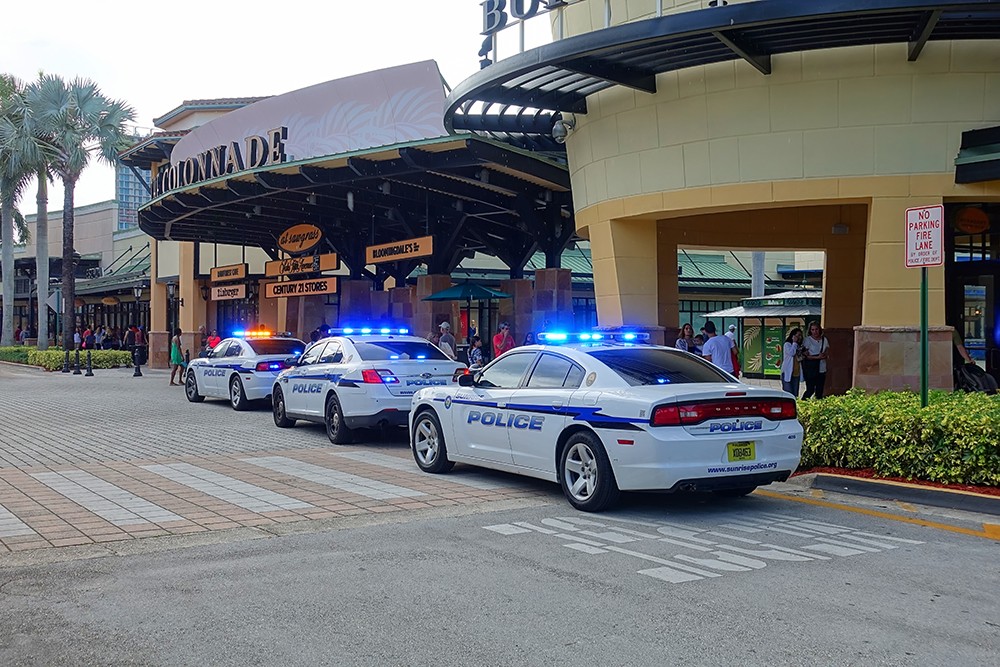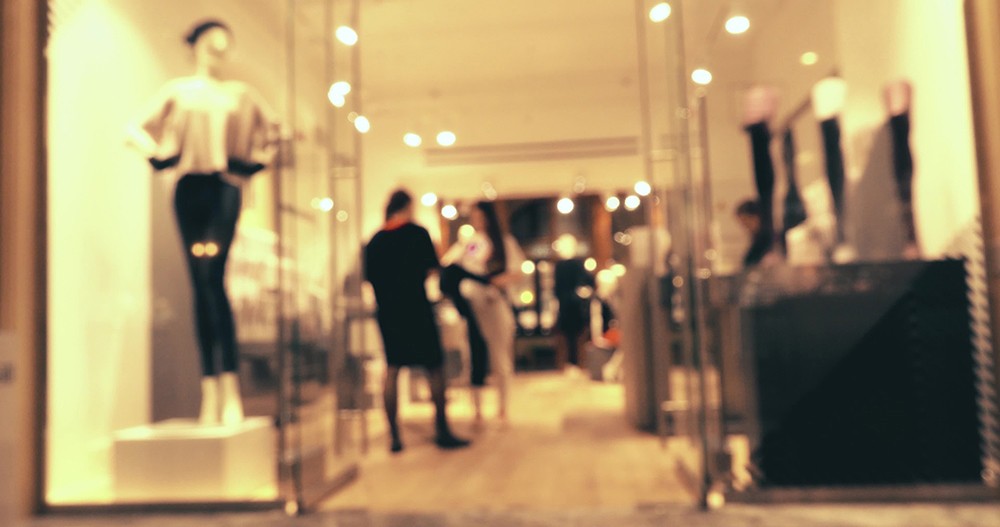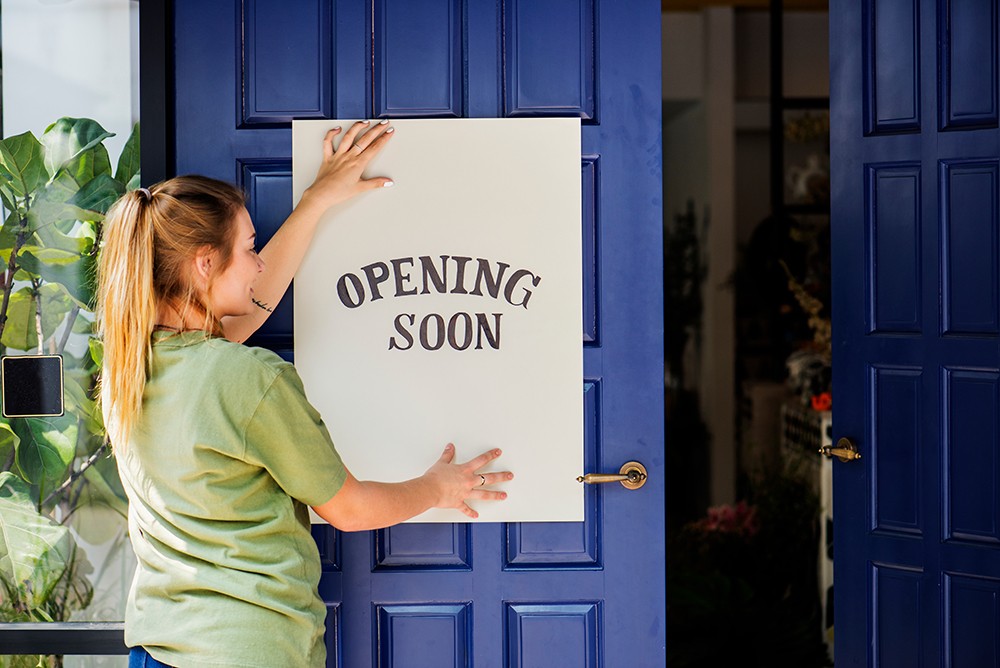
Retail theft affects more than the bottom line
It’s a well-publicized fact that shoplifting costs US retailers dearly, but it’s not just in terms of lost revenue. Theft also affects the reputation of an outlet, the safety of staff, the availability of products, and the customer experience.
Together these can have hidden ramifications that go far beyond the financial losses outlined on your annual profit and loss.
Here’s an insight into the hidden ways theft really impacts retailers, and how shoplifting affects far more than just the bottom line.
Pure cost
In cold hard numbers shoplifting in America contributes to almost $50 billion in shrink each year. In 2017 alone it set the retail sector back $46.8 billion, according to the National Retail Federation and that total shows no sign of reducing anytime soon.
In the meantime, theft protection also costs retailers in terms of outlay, with the price of loss prevention strategies adding a further $44.90 billion to the bill.
But when you really weigh it up, shoplifting costs the sector a whole lot more in terms of time, productivity, reputation and safety.
Safety
A retail environment that is prone to theft presents problems in terms of both staff and customer safety. It becomes a dangerous environment to work in or frequent and this is especially the case in retail environments where theft may be accompanied by violence.
As every business owner has a duty of care for their staff, it is in the retailer’s interest to protect both their outlet and the employees they hire by mitigating the risk of theft.
Meanwhile, shoplifters are quick to ascertain which stores offer a viable target and tend to return to them time and again if the right loss prevention strategies are not implemented.
The customer experience

Shoplifting impacts the customer experience in a host of ways. As mentioned above, it may present a safety problem, but it can also result in increased prices being passed onto the consumer to mitigate the cost of theft.
Meanwhile, one of the prime ways shoplifting impacts the customer experience is through out of stock events where the retailer mistakenly believes an item is available only to find it isn’t due to loss or theft.
Out of stocks not only impact the customer’s immediate experience in store but also affect whether or not they are likely to return to that outlet.
Brand reputation
Together, all the factors above can have an overarching impact on a brand’s reputation and the cost of that can be hard to define.
If a customer does not feel safe, feels they are paying too much or finds the item they believe will be available is not, the overall perception of that retailer is likely to suffer in the long term.
Prevention is better than a cure
When it comes to addressing shoplifting, prevention is always better than any cure. Retailers should be visibly indicating to any potential thieves that a retail outlet is protected.
That said, the balance between loss prevention and a welcoming retail environment is a fine line to tread. And doing so involves implementing the right theft prevention strategy in the right place.
Key strategies for addressing shoplifting include:
- Staff training, including training in meeting and greeting customers, and how to identify shoplifters
- Good store layout which offers visibility to all areas of the outlet and sufficient lighting
- Electronic article surveillance, using hard tags and security labels at a product level to deter shoplifters and protect items from theft.
- Benefit denial strategies like ink tags, which work as a deterrent to shoplifters.
- CCTV to monitor the entire retail environment
- Lockable cabinets and display cases
- Store security guards
You can lean more about the prime loss prevention strategies here, and for more guidance on balancing stock protection and the customer experience see here.


